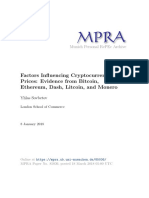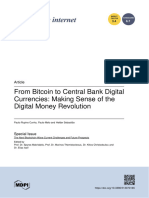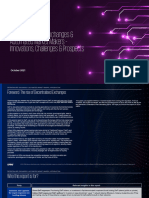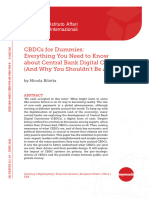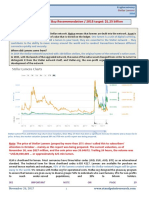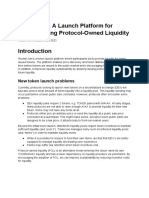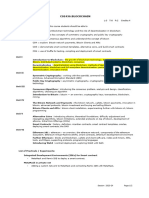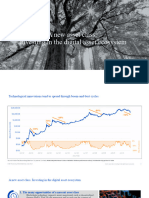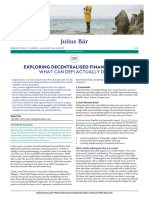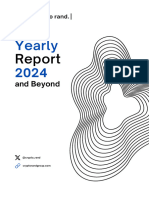0% found this document useful (0 votes)
106 views25 pagesVanEck's 10 Crypto Predictions For 2025 - VanEck
Uploaded by
stevezhu.ivy1Copyright
© © All Rights Reserved
We take content rights seriously. If you suspect this is your content, claim it here.
Available Formats
Download as PDF, TXT or read online on Scribd
0% found this document useful (0 votes)
106 views25 pagesVanEck's 10 Crypto Predictions For 2025 - VanEck
Uploaded by
stevezhu.ivy1Copyright
© © All Rights Reserved
We take content rights seriously. If you suspect this is your content, claim it here.
Available Formats
Download as PDF, TXT or read online on Scribd
/ 25





